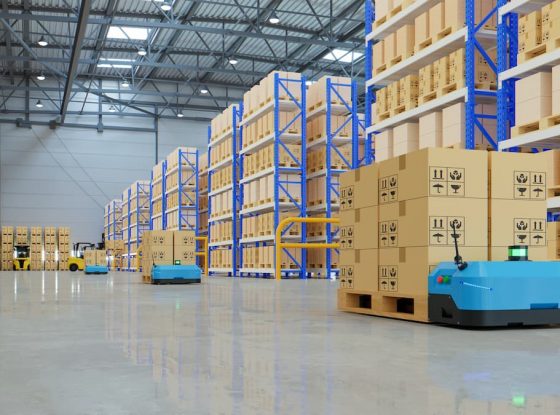Predictions For The Blockchain Industry In 2022

Sani is the Board chair at VezTek, an L.A. based provider of startup support and on-demand tech. talent for scaleups & corporate I.T. teams.
If you’ve been following the crypto roller coaster — the development of decentralized autonomous organizations (DAOs), the rise of DeFis against traditional financial service business models and valuations of some NFT assets that seem to defy logic — you might be wondering what’s next.
Though we can’t predict exactly what is going to happen, we can make educated guesses as to the many developments that will shape this space for years to come.
Emerging technologies are all around us. Spotting a potential winner, understanding its market potential and then applying the required talent to foster it successfully is important in how we do business.
My predictions in this space are based on past industry trends, clients’ questions and extensive research into this emerging technology ecosystem. This article explores the trends that will shape the blockchain industry in the year ahead, and I hope to also offer what these trends mean for organizations today.
1. Governments will embrace blockchain technology.
Blockchain technology can allow governments to conduct their business more effectively. As they continue to recognize the potential of blockchain technology in regards to efficiency and public trust, governments will take advantage of its numerous possibilities.
In recent years, some governments have been experimenting with blockchain technology in a variety of activities and services including land registration, credentialing for education, healthcare, procurement, food supply chains and identity management.
For example, Australia Post publicized plans to use blockchain technology for local voting, Estonia is using it to enforce the integrity of its tax and business registration systems as well as electronic health records, and the U.K. is looking into the technology to track the distribution of welfare.
As governmental adoption of blockchain rises, many governments have been trying to deal with the problem of trust. As a result, the World Bank proposed a three-layer design and implementation framework to avoid any problems between technology and intended use. These same guidelines for blockchain adoption can be used by businesses as well.
2. A greener blockchain may help save the planet.
Blockchains are often criticized for the huge energy demands required to maintain their security. This was why Elon Musk cited changes to his viewpoint on Bitcoin automobile payments in January 2021. We will probably see a lot of effort made to make blockchain technology more green and offset its carbon footprint throughout 2022. I see this being done in a few ways:
Carbon offsetting is one approach. For example, crypto tokens that are solely intended to acquire clean energy might give organizations the ability to demonstrate that their business operations comply with climate neutrality.
Another approach is to use less energy-consuming blockchain technology, which generally uses proof-of-stake algorithms rather than proof-of-work. When cryptocurrencies go green, blockchain technology may help save the environment.
3. More countries will embrace cryptocurrencies as a legal tender.
El Salvador was the first nation to adopt Bitcoin in 2021 as legal tender; I believe several nations will follow suit in 2022.
Developing countries are more likely to embrace cryptocurrency in the near future, owing to global inflation and rising remittance costs accrued by middlemen financial institutions that facilitate money transfers home by foreign workers.
Another area where we will see significant development in 2022 is cryptocurrencies that are controlled by central banks rather than adopting popular decentralized coins. Many of these initiatives feature a digital currency that would work in tandem with the country’s fiat money.
4. The NFT market will continue growing but with a caveat.
The NFT market is expected to continue growing as more and more things go from physical to digital. The NFT marketplace provides users with the ability to assert their property rights over a digital asset.
I believe that the NFT 2.0 model will be less about art and more about utility, gaming, social sharing and gaining access to hyper-exclusive communities. The metaverse concept alone will provide a wealth of new use cases for inventive NFT applications.
The risks and challenges that the non-fungible tokens market faces will require regulatory intervention, which will be critical for the future of NFTs.
5. Blockchain will be the most in-demand skill.
The year 2022 will see a greater demand for blockchain and crypto skills.
The rising popularity of cryptocurrencies, the growing prominence of blockchain in various sectors and the potential for growth in the blockchain industry all contribute to a higher demand for blockchain and crypto skills.
Blockchain is now at a point where large corporations and governments, not just a tiny hyper-technical community of IT experts, are starting to comprehend its potential in terms of improving people’s lives and building more resilient organizations. As a result, businesses need blockchain experts who can assist them in applying blockchain technology to meet their business goals.
An Overview
The technology landscape is constantly evolving, and we don’t know exactly what will happen in 2022 or beyond. One thing is certain though, the future is blockchain. I think it is the technology and community that will revolutionize how we do things for decades to come, and therefore, it’s time you start thinking about incorporating this into your business model if you haven’t already.
Source : forbes.com



